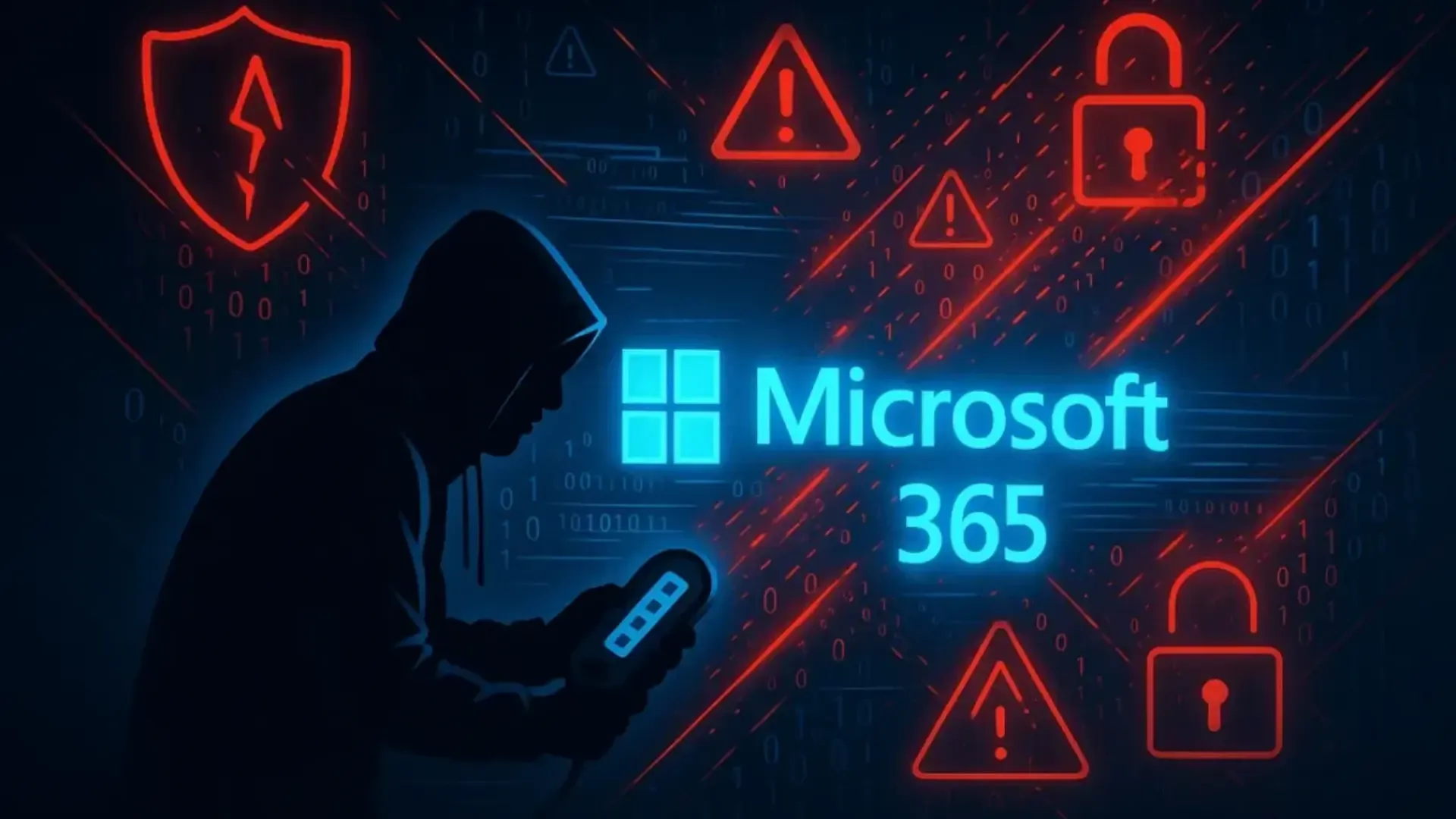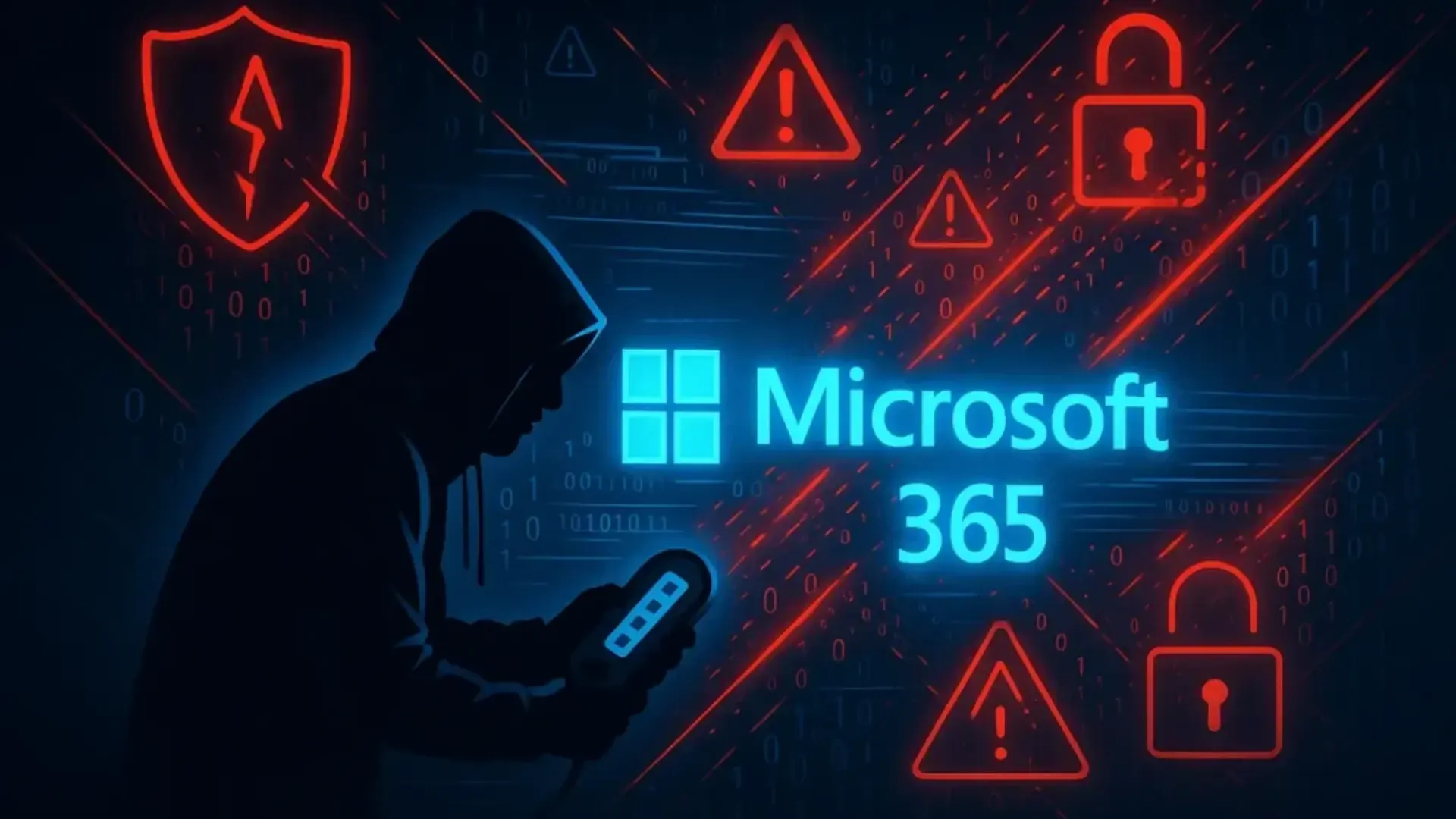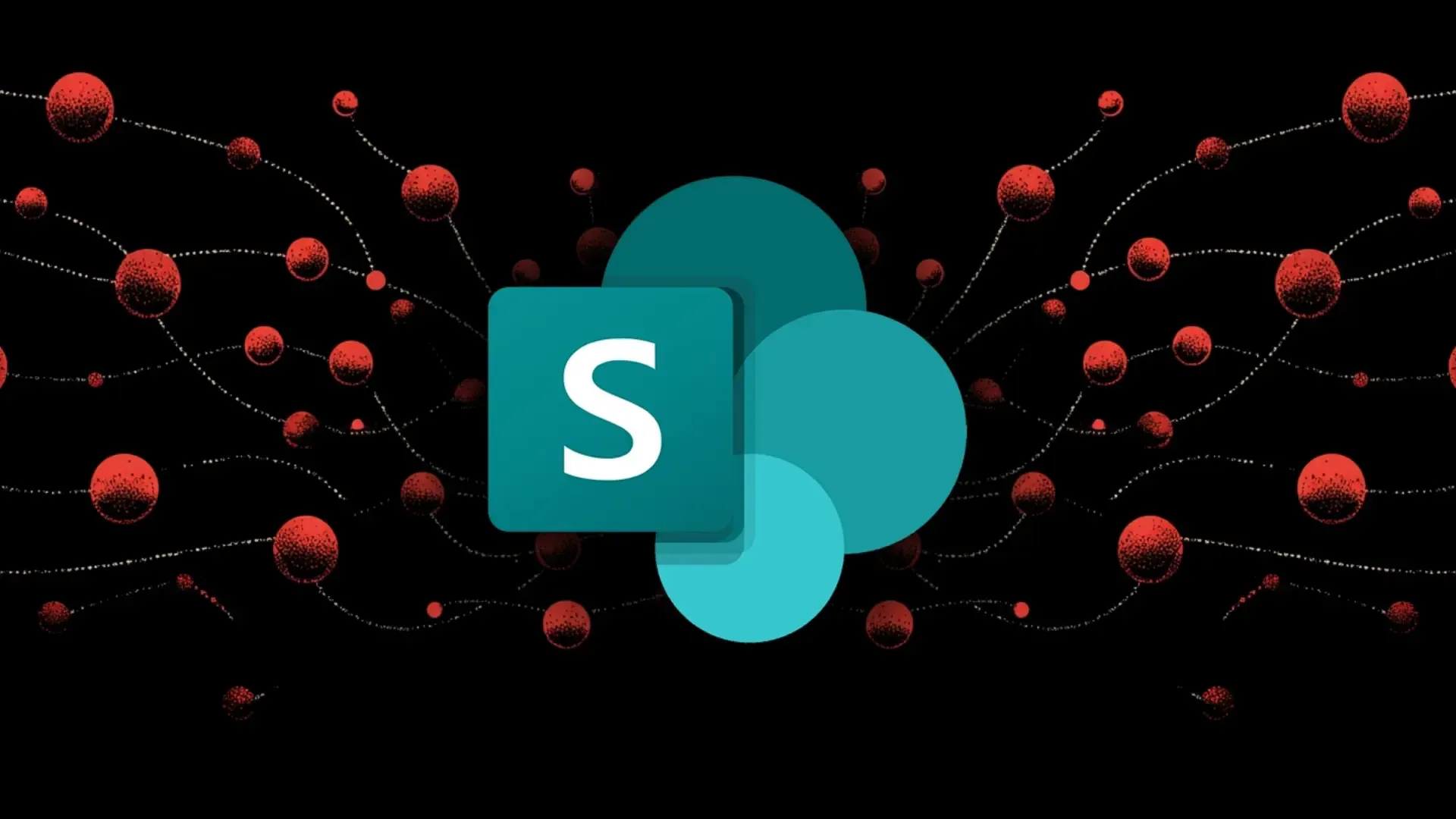
Zero-Day: Microsoft SharePoint Flaw Allows Remote Code
In July 2025, Microsoft issued an urgent warning about a critical zero-day vulnerability affecting on-premises SharePoint servers. This flaw enables authenticated attackers to execute arbitrary code on vulnerable systems, posing a serious risk of data theft, system compromise, and ransomware deployment. Microsoft recommends immediate patching for hybrid and self-hosted SharePoint instances to prevent exploitation.

🔍 What Makes This a Zero-Day?
An official share zero‑day vulnerability refers to a security flaw being actively exploited before a public patch is available. In this case, Microsoft disclosed the SharePoint issue and released mitigations only after reports of active abuse targeting corporate and government networks.
This isn't just theoretical: during the Pwn2Own Berlin 2025 hacking event, researchers demonstrated a working exploit against SharePoint combining authentication bypass and insecure deserialization, taking home a $100K reward.

⚙️ Vulnerability Breakdown: How Remote Code Execution Works
- Attack vector: Requires at least authenticated "Site Owner" privileges to send crafted HTTP requests that deliver malicious serialized .NET objects.
- Deserialization flaw: Vulnerable SharePoint server deserializes attacker-controlled objects, running arbitrary code inside the w3wp.exe process.
- Impact: Attackers can write files, deploy web shells, run scripts, and escalate privileges within the SharePoint application pool.
The Pwn2Own demonstration chained an authentication bypass with a .NET deserialization exploit—demonstrating full system compromise.

🛡️ The Risk Landscape
Microsoft confirmed that this flaw affects only on-premises deployments; SharePoint Online (Microsoft 365) remains unaffected. Still, many enterprises still rely on hybrid or fully on-prem models for intranet and document management.
A compromised SharePoint server can become an initial foothold for attackers to:
- Harvest internal data (such as documents or credentials).
- Install web shells and schedule persistent backdoors.
- Spread laterally via Active Directory or expose tokens to cloud services.
- Trigger ransomware or destructive campaigns.
These outcomes match patterns seen in earlier SharePoint zero-day attacks.
🧩 Microsoft & Security Industry Respond
In July 2025’s Patch Tuesday, Microsoft released fixes for over 130 vulnerabilities—including this SharePoint RCE—accompanied by a "high priority" advisory urging immediate patching on self-hosted environments.
CISA and similar agencies have classified the flaw as a Known Exploited Vulnerability, requiring urgent remediation.

✅ What You Need to Do Now
- Patch immediately: Apply the July 8, 2025 security updates on all SharePoint Server instances.
- Restrict privileges: Ensure users with "Site Owner" access are limited to trusted personnel.
- Isolate servers: Block internet access or perimeter exposure of SharePoint servers.
- Enhance monitoring: Watch IIS logs for suspicious POST requests, serialized payloads, and unexpected child processes spawned by w3wp.exe.
- Rotate credentials: Reset service accounts and API tokens post-patch.
- Conduct forensics: Scan for web shells, scheduled tasks, or anomalous file activity.
🏗️ Long-Term Mitigation Strategies
- Consider migrating to SharePoint Online for auto-patched security.
- Review and eliminate legacy plugins relying on unsafe serialization.
- Utilize a Web Application Firewall (WAF) to block suspicious requests.
- Adopt secure serialization formats (e.g., JSON whitelisting, not binary deserialization).
- Participate in bug bounty programs or security audits for critical assets.
📰 Broader Context: Patch Ecosystem Expands
Microsoft’s July Patch Tuesday featured a high volume of vulnerabilities across the ecosystem, including a wormable SPNEGO flaw and SQL Server zero-day disclosure.
SharePoint is just one high-profile target. With 41 RCEs and 137 total fixes this month, Windows and Office components remain in cybercriminal crosshairs.

📌 Final Takeaway
This SharePoint zero-day is a grave threat—already weaponized in high-profile hacking competitions and real-world attacks. For on-prem deployments, swift patching is non-negotiable. Monitoring and long-term hardening measures are essential to prevent next-generation exploitation.
For real-time updates, detection scripts, and in-depth guidance on SharePoint hardening and cloud migration, follow TechPickr123’s Insights series.





